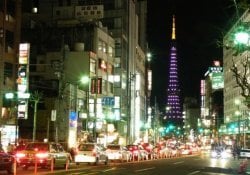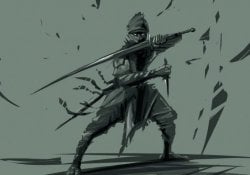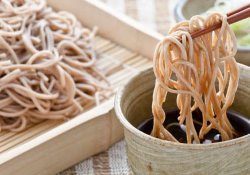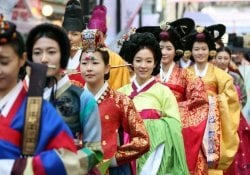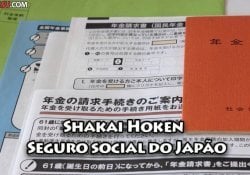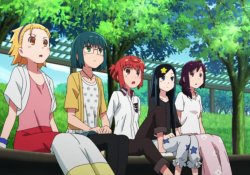During the Edo period (1603 - 1868), the feudal japan lived under a system that divided society into 4 main groups: samurai, farmers, artisans and traders. This model became known as “Shinoukoushou” (士農工商, しのうこうしょう) and lasted for a long time, especially during the so-called "Sakoku" (鎖国, さこく), the country's isolation from the rest of the planet.
In this article, we will get to know more details about this system that prevailed in Japan and influenced Bakufu policy during the Tokugawa shogunate. In addition, we will also see the specific characteristics of each of the four main classes that represented Japanese society at the time.
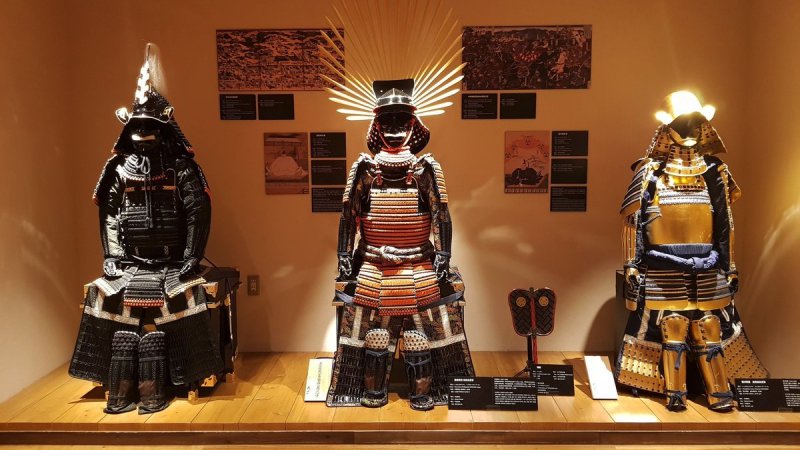
As a supplement, read the articles below to better understand the context and history of the Tokugawa period:
Índice de Conteúdo
The “shinoukoushou” system
The word "shinoukoushou" (士農工商, しのうこうしょ) is a 四字熟語 (term formed by 4 Kanji) that carries the central idea of being the representation of four groups: samurai, farmers, artisans and traders. In Japanese, this vocabulary is made up of Kanji 士 (し, Shi) which means "samurai" or "warrior", the ideogram 農 (のう, nou) that carries the meaning of "agriculture" and is present in the word 農家 (のNouka, Nouka, Farmer), besides 工 (こう, Kou) who represents the figure of a "artisan", "carpenter" or "manufacturing". Finally, we have Kanji 商 (しょう, Shou) who has the senses of "commerce", "sales", "trader" and "business".
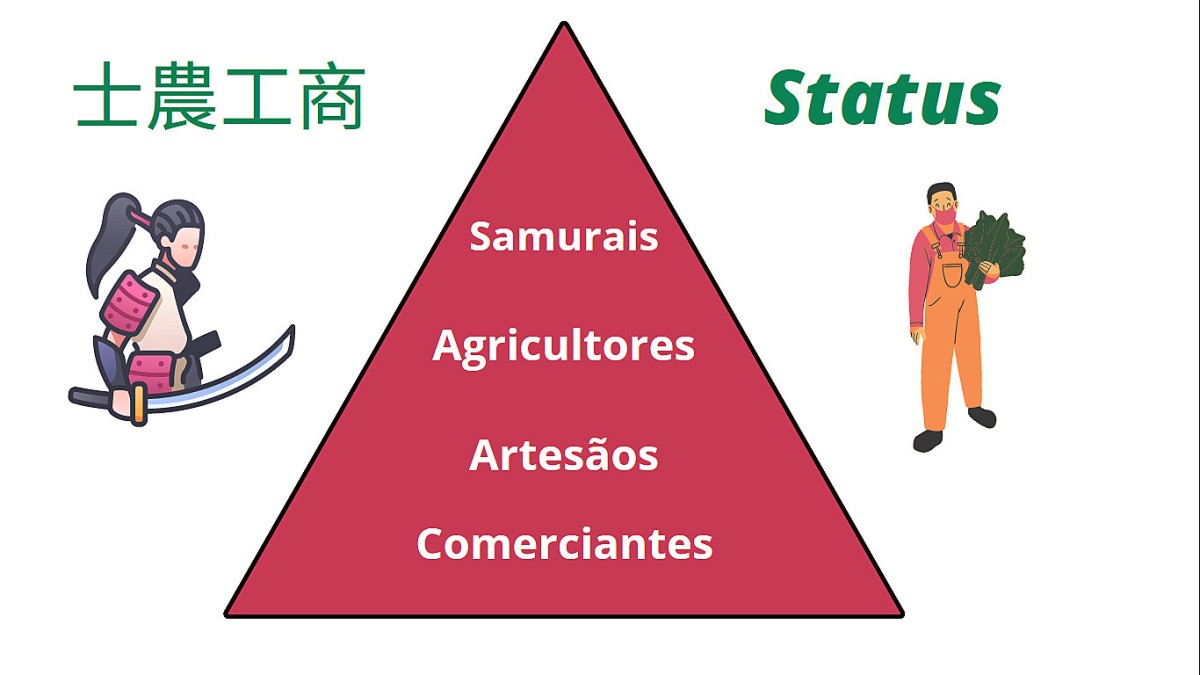
Above, we can see how the Japanese social pyramid was divided in terms of “status” in the stratified system from the 17th to the 19th centuries. This hierarchical model was influenced by ideology and Confucian thought (philosophy of the Chinese thinker Confucius), which was the philosophical basis of the land of the rising sun during part of the Tokugawa era and which ended up designating the political and social directions of other Asian countries, in addition to generating friction with the ideologies of authoritarian governments during the century (especially during the communist dictatorship of Mao-Tse-Tung) and that returned in the 21st century as a prominent concept in the philosophy of government of Xi Jinping, in the current People's Republic of China.
The shinoukoushou it was motivated and established by justification of some ideological advisers of Tokugawa Ieyasu, as was the case of the Confucian Hayashi Razan. The rigidity of the pyramid composed of samurai, farmers, artisans and merchants was hard as stone, so the ascent within it was extremely difficult, in addition to the fact that the positions were designated mainly by fixed factors, such as birth. The relationship of each of the groups with the daimyos (the lords of land) also differed in each case.
An interesting curiosity is that, in Japanese RPG games, the JRPG's, it is possible to frequently notice this structure, especially in the games of the series Dragon Quest, in which we always have traders, artisans, farmers (mostly NPCs who have important information) and warriors (who in these games are not always samurai).
the samurai
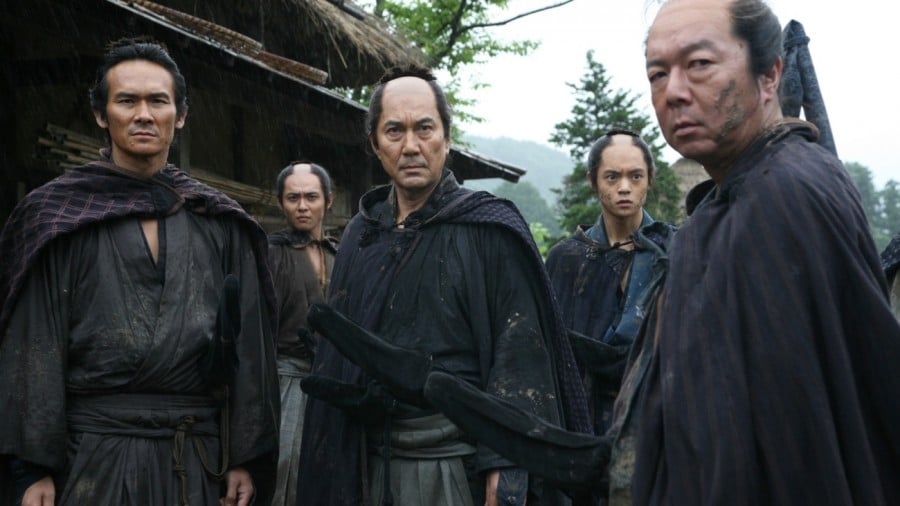
According to most historical sources, samurai were about 10% of the population in this period (some authors place the percentage between 8% and 10%). At the end of the 19th century, they ceased to exist as warlike figures, abandoned their swords and became members of civil society, becoming heimin (commoners).
The Farmers
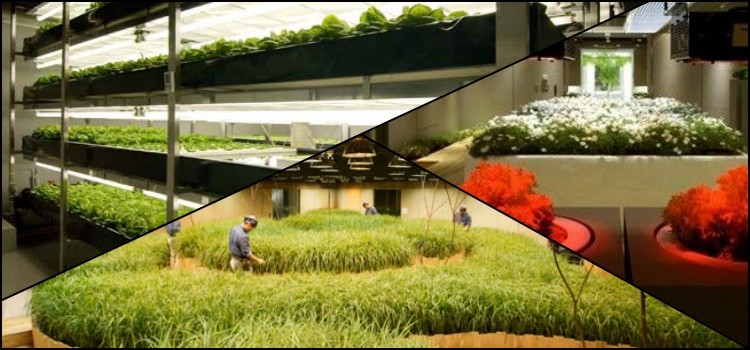
They represented more than 80% of the population of the period and had high importance in society, due to the great need to provide food. The work imposed on the farmers was heavy, but despite this, hunger was a constant in rural areas. Most rural workers were small farmers and lessors who had been forced to abandon their own land and work for national agriculture.
The article is still halfway through, but we recommend also reading:
The Artisans
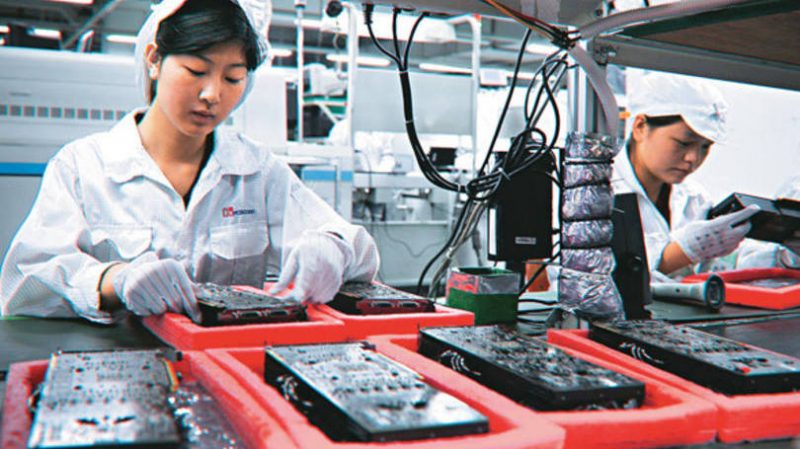
Craftsmen produced products, trinkets and essential items for survival and daily life, but they represented a minority share of the population and, added to the merchants, they were only about 5% to 10% of the Japanese population. They were important figures who provided Japan with very useful materials. They can be considered as the embryo of the Japanese industry that came to grow considerably in the 20th century.
The Merchants
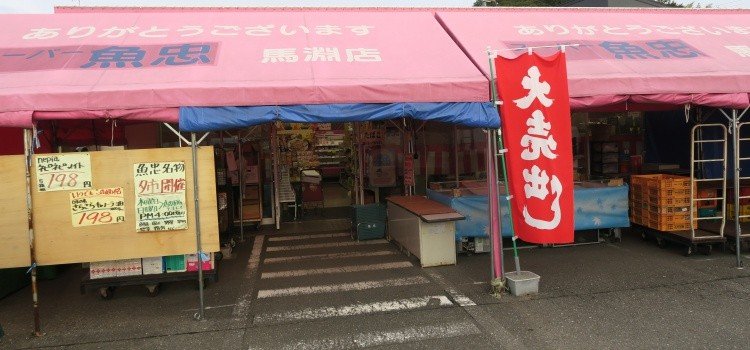
As stated earlier, merchants were, together with artisans, less than 10% of the society's population composition. Merchants were at the bottom of the pyramid, as they had little status in dealing only with the sale (and purchase) of goods manufactured by artisans and food produced by farmers on farms and peasant lands. However, they moved the economy and were important for the circulation of material goods.
Conclusion
After the end of the system Shinoukousho, Japanese society began to create a more unified national feeling, given that the old class privileges and hierarchical differences were beginning to be, in a way, set aside in favor of a collective feeling that favored the figure of the state. -modern nation and Japanese imperialism.
These days, this classification obviously no longer exists. However, there are contemporary authors who claim that the hierarchy of society is still something very present, even if in other terms and in another context of civilization.
What's up? Did you like the article? So comment, like and share on social media!

